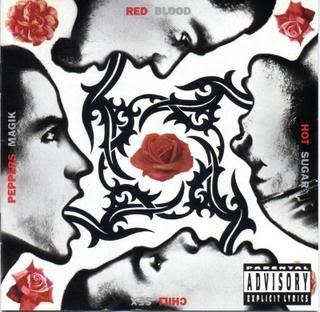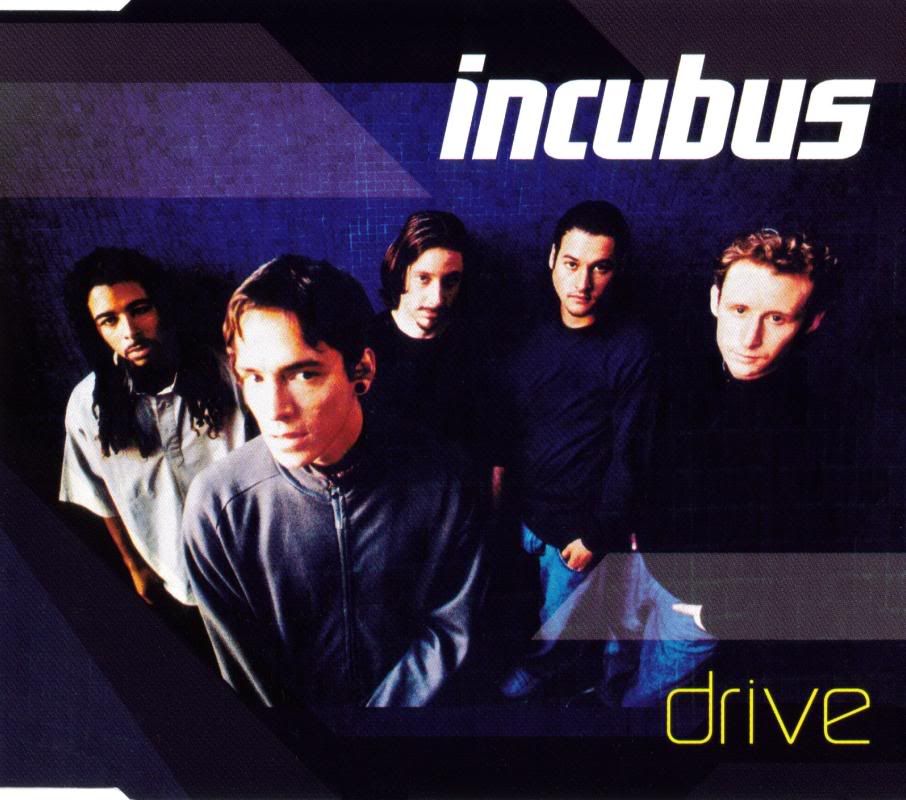Red Hot Chilli Peppers - Under The Bridge
Under The Bridge was released sometime in March 1992. It begins with the guitarist (John Frusciante), playing his guitar on a small platform inside a studio. Behind him is a view of a desert and an inverted sky. This lasts for the whole first introductory solo. The guitarist is only ever seen in this position. The singer (Anthony Kiedis) then appears, coated in purple light with a starry background behind him. After a while, a city skyline appears below him.
In several clips of the video, the bassist (Flea) and the drummer (Chad Smith) can be seen, playing away at their instruments. A lot of superimposition is used for these moments (several clips being placed over one another so that all of them are visible). One technique used for this is to position the clips in different sections of the screen, e.g. the drummer will be playing on the right whilst the singer is standing on the left. This ties in with the idea of "Mise-en-scene", a key camera shot where you can see many things happening all at once. The singer then walks through the streets of a city, while the camera focuses on different people throughout.

The director of the video, Gus Vant Sant, said that this was vital as they believed the studio portion would not convey enough emotion. He also said that it is needed to be combined with "an outdoor, streets-of-Los-Angeles theme." Near the end, the singer is seen running along a river, and an atomic bomb is going off in the background. Around the same time, the other members are shown through superimposition.
Near the end of the video is a clip where a car is driving down a road at night. This clip is in slow motion but the frame rate is significantly cut down. This makes the many street lights look more dazed. The video ends like it started, with the guitarist playing on the pedestal. Now, the background is an inverted ocean instead of a sky.
Green Day - When I Come Around
When I Come Around uses a lot of cameras which are 'tracking'. It uses the conventional format of having a storyline running parallel to the band, but the band is not performing. They are just walking through streets. The singer, is still lip syncing. This supports the idea that the singer is most important as he is in front and he is the only member doing what he would do while performing.

Whenever the band is shown, the camera is in front of them and the band is following the camera. The story is quite original - a person is standing in a house, and he looks over the street through the window to see someone else. That person is then looking at another person smoking in the streets, while he is looking at a couple kissing. The cycle continues until the last person looks back at the first person the viewer saw, making a continuous cycle.
Incubus - Drive
Drive is a more modern song than When I Come Around and uses an interesting effect throughout the video. The lead singer is shown 'drawing himself' on some paper. The video shows the band performing, but only the guitarist and singer are shown playing their instruments all the way through. Most of the time, it shows the band relaxing, however, sometimes the turn-tablist, bassist and drummer are seen playing.
There are almost no still camera shots because the camera rarely stands still, usually zooming in or panning round one of the band layers, for example, during the guitar solo, the camera is upside down, giving the video a very peculiar image to it. The guitarist is shown the most here, but all the other members are seen as well, also playing upside down. The drummer has been filmed playing but has been slowed down by editing the clip into slow motion, which can be easily noticed due to the drumstick which he is spinning with his hands. This not only looks awesome but the clip has to be in slow motion because if the drumstick was spinning rapidly, it would not fit into the slowish tempo of the song. As the solo ends, it switches from the Guitarist playing upside down in a smooth transition to the singer standing the correct way up.

The music video draws to an end when the audience is able to visualise the iconic animation of the singer ripping up the piece of paper he had originally been drawing on at the start of the music video, showing a full circle to the baseline to the video's convention. The location of the video was shot at the fairly modern McNamara Alumni Centre.
After carefully and thoroughly examining these renowned media videos, I hope to utilise and adapt some of the techniques used in these videos for the benefit of our video as they are professional and look highly effective.

No comments:
Post a Comment